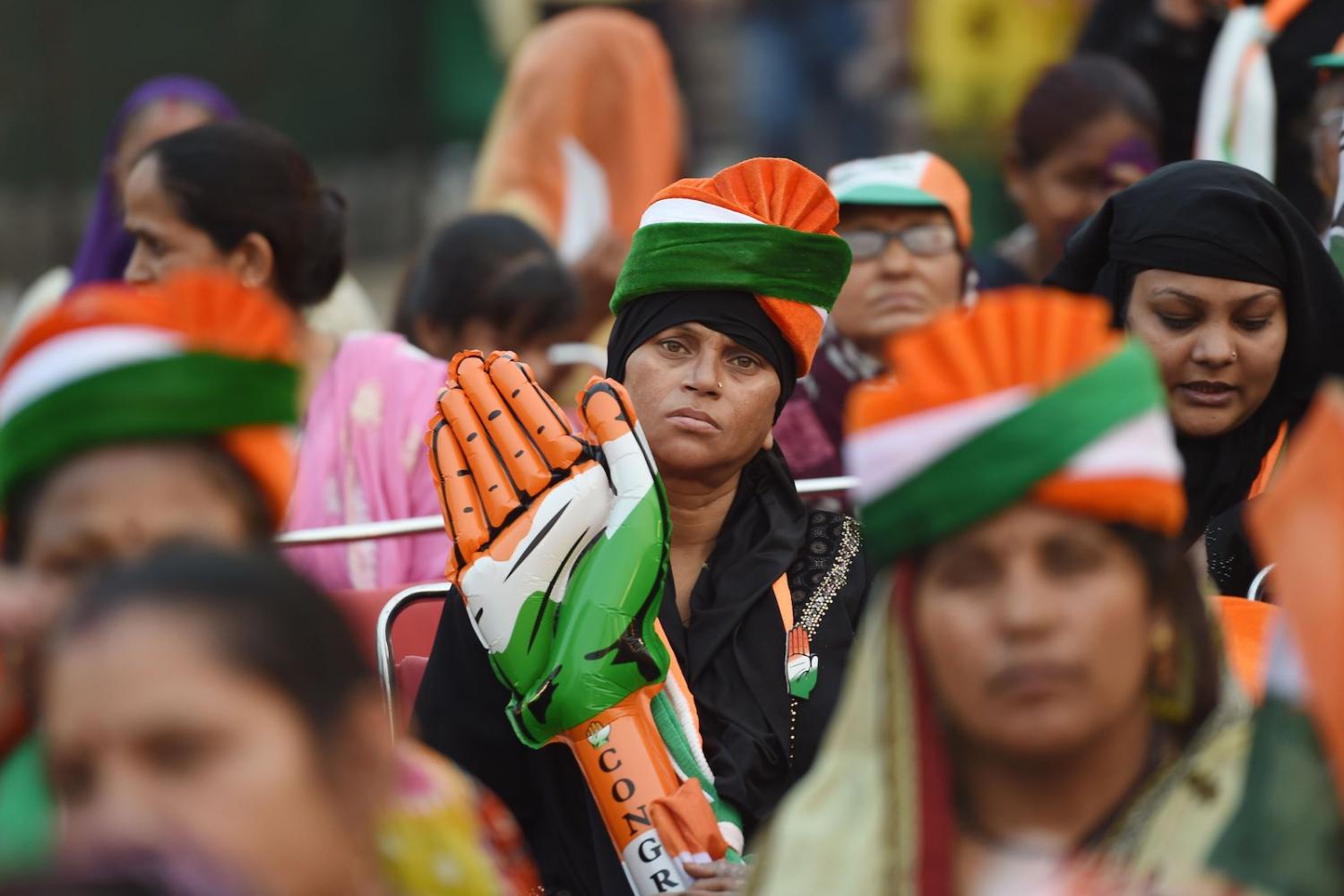India’s National Congress Party is facing an existential crisis, now suffering unprecedented consecutive electoral defeats. Once invincible and a political behemoth having ruled post-independent India for close to five decades, Congress failed to stop Prime Minister Narendra Modi and his Bharatiya Janata Party winning a landslide victory in general elections. Even regional opposition parties that claimed strong footholds in local areas suffered humiliating defeats, rendering the opposition almost irrelevant, at least for now.
Even regional opposition parties that claimed strong footholds in local areas suffered humiliating defeats, rendering the opposition almost irrelevant, at least for now.
When the general election was announced in March, there was a glimmer of hope that the Indian National Congress might recover its lost ground and for it to have a small chance of forming government with its allies and partners. This possibility emerged because of the Party’s electoral successes in state elections held late in 2018, in which the BJP suffered defeats and the Congress Party formed governments. This prospect accelerated with the scenario of some key regional opposition parties forming alliances with the Congress Party to create a united opposition to challenge Modi.
But that likelihood quickly dissipated even as the polling period approached with the opposition divided because of differences at the leadership level.
Although Gandhi’s Congress party performed slightly better than in the 2014 polls by obtaining 52 seats in the 543-member Lok Sabha, India’s lower house of parliament, it was no match to the BJP’s 300-plus seats. The disgrace was compounded for Congress given its president Rahul Gandhi failed to hold his seat of Amethi, hitherto a safe seat, which he had held since 2004.

Gandhi, the fourth-generation party leader after his great grandfather Jawaharlal Nehru, independent India’s first prime minister, his grandmother Indira Gandhi and his father Rajiv Gandhi, has been on slippery ground for quite some time. When Congress and its coalition partners returned to government unexpectedly in 2004 after sitting in opposition during the BJP’s Vajpayee government, the party president, Sonia Gandhi, Rahul’s mother, hesitated to claim the prime ministership. Instead, she offered it to Manmohan Singh, an academic-turned politician, who at the time was not even a member of the Lok Sabha. It showed the Congress Party’s lack of a succession plan and forward thinking.
Sonia Gandhi continued as the party president and controlled government agenda and policy priorities before finally in 2017 handing over the role to her son Rahul, and in the process attracting virulent attacks from Narendra Modi and his BJP about the dynastic politics of a Congress Party lacking “vision and wisdom”.
The Congress party today faces the prospect of extinction. The respected political commentator and activist Yogendra Yadav has declared that “the Congress must die”. This is a remarkable fall for a party with a long and celebrated history with a crucial role in fighting against British colonialism.
In post-independent India, Congress emerged as the dominant political party and its reach was so wide and deep across the nation that the late political scientist Rajni Kothari called India’s party system “the Congress System” or a one-party dominant system and a party of consensus. Congress remained strong under Nehru’s successor and his daughter Indira Gandhi, although she had to fight fierce internal division. Political opposition then was weak and divided giving Indira and her party the upper hand in general elections.

When she saw her political position weakening and becoming untenable, Indira Gandhi in 1975 chose an authoritarian path by declaring a national “emergency”. She usurped constitutional powers and ruled by draconian laws, severely restricting democratic rights. This was most definitely a dark patch in India’s democratic tradition and the beginning of a dictatorial and one leader-centred political regime. One of her lieutenants even coined a slogan, “India is Indira and Indira is India”.
Yet she misread the political pulse of the Indian electorate and called for a general election in 1977, in which she suffered a crushing defeat, leading to the first ever non-Congress government at the national level since independence. However, the coalition government that replaced the Congress Party at the centre was a disparate group of many political colours and could not get their act together. Their internal bickering saw the end of the non-Congress government and return of Indira Gandhi and the Congress in 1980.
Upon her death in 1984, her son Rajiv took up the mantle reluctantly at least initially, but continued in his positon even with the loss of Congress domination at the 1989 election. This led to a period of coalition formation with the Congress Party as the main ally until Rajiv’s assassination in 1991. After 1991, no Gandhi-Nehru family member took the prime ministership, but the dominance of this family continued within the party through the party presidency.
The present political outlook for Congress looks dire. Upon the humiliating party defeat and losing his own seat, Rahul Gandhi has offered to resign from the party presidency, a norm in any parliamentary democracy. But the Congress Working Committee has unanimously rejected his resignation and urged him to reorganise and revamp the party.
Congress has reached a critical point in its history and it will be watched by its supporters and opponents alike to see what it can and can’t do to keep the Indian democracy vibrant through a viable opposition. If it fails, India’s political landscape will look vastly different at the next general election in 2024. It is, as one commentator put it, a “do or die” situation for India’s oldest and most dominant political party.

